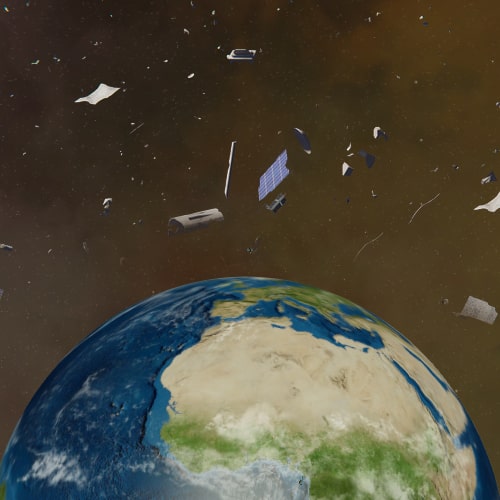With the deepening of human exploration in the field of space and the increasing number of launched spacecraft, space garbage is increasing rapidly. These space debris occupy valuable orbital resources, and poses a direct threat to functioning spacecraft, large space structures, and so on. Active debris removal allows for the disposal of inactive satellites and larger objects, preventing the build-up of space junk and allowing to replace aging agents in a space constellation. To make debris removal missions more commercially viable, it is crucial to investigate and develop techniques for the removal and disposal of multiple debris objects using single and multiple spacecraft.
One of our main objectives is proposing high-tech solutions such as artificial neural networks to quickly estimate the cost and duration of the transfers to de-orbit a range of debris objects, so that it is possible to identify the optimal sequence of objects which minimizes the cost and the duration of the mission, for the maximum number of de-orbited objects. To this end, we integrate approaches and methodologies within intelligent algorithms to achieve reliable solutions. The performance of our proposed methodologies is assessed by analyzing several distinctive sequences of space debris removals. The use of our algorithms allows for solutions to be found noticeably faster than current methods, while enabling the selection of faster and less expensive options.



